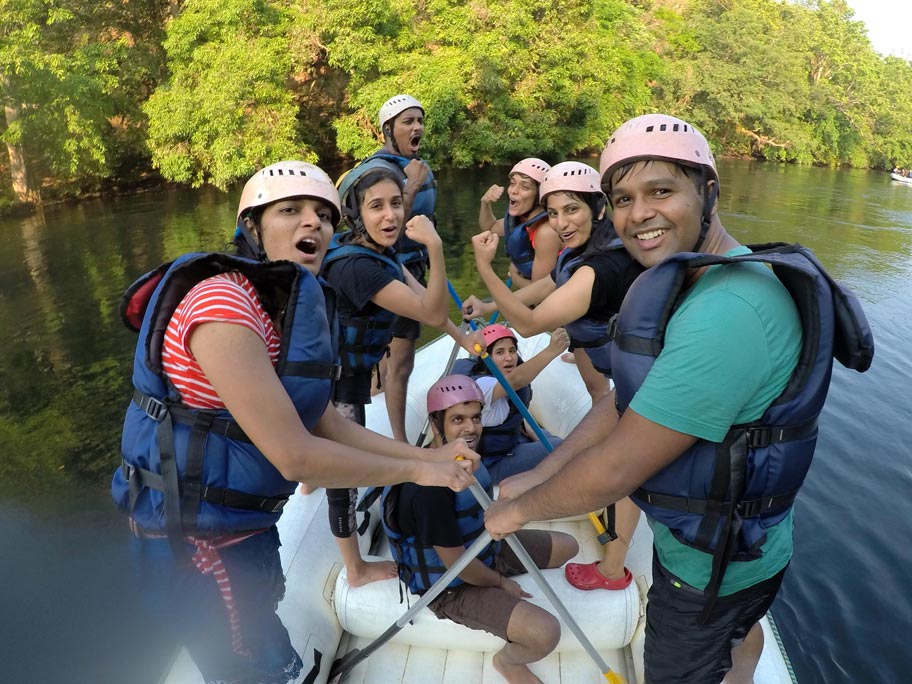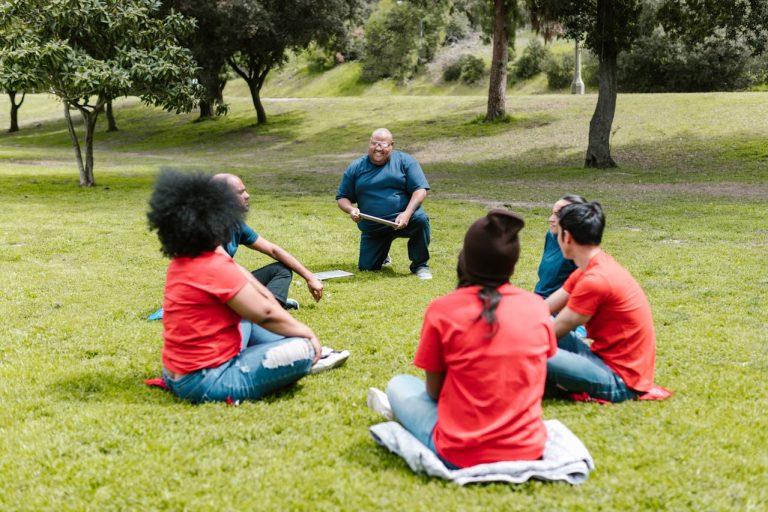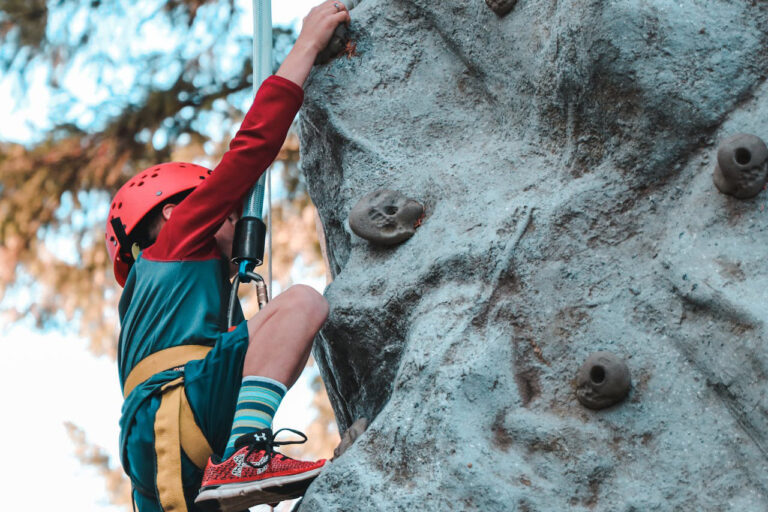Who wouldn’t like to behold a beautiful brook? Undoubtedly, we are blessed with a plentiful choice of rapids down south for the rheophiles to explore and river-raft, including Barapole river in Coorg, Bhadra in Chikmagalur, Sitanadi in Udupi, Kali river Dandeli, Honnemardu and many more. River-rafting is something that can pump your adrenaline and test your endurance and presence of mind. It is smooth and cozy on small to mid-sized rivers located at mediocre elevations as they offer natural currents, whereas it is toiling to raft broad and big ones. Given you are expediting hill stations with spectacular rivers, knowing these 7 tips for river-rafting can make your experience thrilling, enjoyable and safe.
River-rafting grade classification
When it comes to river rafting as a sport, it is classified into grades/classes based on their difficulty level, where Grade 1 being the easiest and the favourite of debutants as it is the least challenging. Grade 4 would demand utmost expertise and experience with skilled and accurate maneuvering to cover the sharp turns. Grade V is extreme and must be only adopted by an experienced team, as it may pose danger. Grade VI is non-negotiable as it is highly life-threatening and may cause fatality if gone wrong. So it is always advisable to begin river-rafting from Grade 1 and under physically fit conditions.
7 tips for river-rafting that are must-follow
Be it a getaway from hectic schedules or a proper vacation with your family, or for sport with your hard-core adventure lover gang, river-rafting is an ideal choice that is refreshing and rejoicing, and the following are some seven expert tips to make it a delightful one.
1. Wear a Personal Floating Device (PFD) or life jacket
Wearing a life jacket alone doesn’t make it all, what matters is whether you have worn it right. The jacket must be fitted snugly to your body with all the buckles clipped. The jacket must be fitted so as to let you breathe yet without letting itself be easy to get pulled up over your head. It is always ideal to have your professional guide fit your jacket thereby insuring a perfect fit.
2. Wear the protective gear
Regardless of the grade of rafting you are in for, you must wear a helmet no matter what. Still pondering why? It is as simple and analogous to wearing a helmet mandatorily while you go on a bike ride. Safety first.
3. Get the grip right
Holding the paddle in the proper way can avoid a major safety concern. For the right grip, your one hand must be at the base of the paddle on the shaft. The other hand must always be at the end of the shaft over the “T” grip. The “T” grip is made of really hard plastic and it can be injurious to you if not handled carefully. You can keep control of the paddle by placing your hand on the “T” grip and cushion the blow.
4. The high-siding command
We definitely expect the default smooth flow of things, nevertheless, it is wise to stay prepared to face and deal with the adversities as well. The same applies to river-rafting, you must know to handle it right when the ‘what-if’ actually tends to happen.
Have an eye for it when your guide details the high-siding command. It is a command that your guide may call out as a best-stroke effort to prevent the boat from capsizing. Though the chances are least this will happen, that ‘least’ demands your attention during the safety talks by your pro. Capsizing situation sends thunderbolts of fear down the spine of anyone, a pro guide or client all the same, but this command is easy to execute and a life-saver.
Suppose the boat gets in a hydraulic or hits a rock, then the boat would be in a sideways position. Water pressure piles up on the upstream side of the boat, tending to flip it over, and that’s when your superhero guide may yell “High-Side”. It means you must immediately move to the downstream part of the boat (the direction of the river flow) by getting up and putting your weight on the downstream tube of the raft. So, an important ‘mayday’ tip is to always move to the direction the river is flowing, that is, downstream.
5. Make sure you stay in the boat
There may be unanticipated situations where your boat may collide with a rock coming from downstream and you may find yourself swimming beside the boat rather than being inside it, all within a fraction of a second. Your guide may call out “Bump” just before the boat is about to hit a rock. Once you hear the command, you must lean in while putting the paddle “T” grip on the floor of the boat while still retaining your hand on the grip. In a successful flow of events, the blade end of the paddle will be up in the air and your fist over the “T” grip will be on the boat’s floor. This will help retain you in the boat. Once the boat collides with the rock, you may return to your seat and be ready to paddle again.
6. Do not panic, stay calm & act wise
Panicking only deprives you of time and it is only when you do not panic you can take the wisest move in adverse scenarios. Suppose you fall out of the boat, instead of panicking, just try to find the boat. Most often, one who falls out tends to pop up right next to the boat. So, grab it and not let yourself float away. If you are just a few feet away from the boat, you must swim to the boat. If you find yourself in the water far away from the boat, go for other rescue options, boats, or either of the two riverbanks.
7. Let your safety guide be the boss
Listen to your trip master or safety guide while he or she educates you about the peculiarities of rafting in a particular river, various challenges, adversities, and how to easily handle those. Tips from experienced experts always matter as they are well-trained in the domain.

More tips for a better river-rafting experience
- Go for licensed and professional rafting outfitters after understanding more information about them such as the types of training undergone by the guides and the entities that manage their outfitter permits and training modules.
- Choose the ideal season, say a time post-monsoon until winter, which could be between September and February. Avoid monsoon as the river may be swollen due to the rains and thereby making it dangerous.
- It is really safe if you know swimming so as to handle any adverse situations. However, if you don’t know to swim, there’s nothing to worry about it as you’ll have a life jacket.
- The best idea is to choose easier grades of river rafting.
To conclude
River-rafting is a matchless getaway idea and sport. Minding the season, you may plan for it. The right preparation with the right outfits and the above 7 tips for river-rafting will make it a safe and worthwhile experience.
Written by: Rajani R Pai










